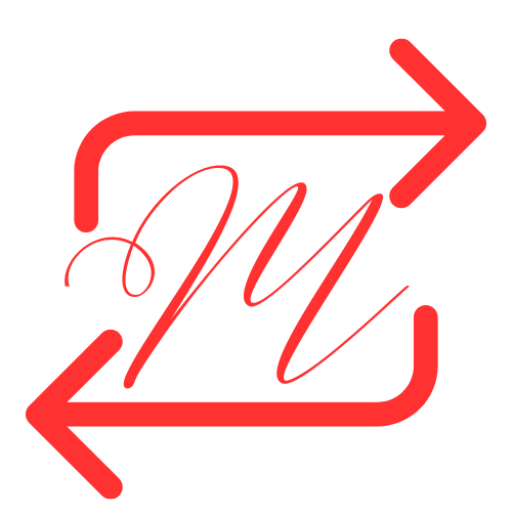Modern Computing World
I would like to wish many Happy Returns to my “Old friend”, George Boole (1815-64). George was a self-taught Mathematician best known for developing a binary symbolic logical system called Boolean algebra/logic, which underpins all modern computing. Boole’s most famous book, “The Laws of Thought”, has been in my library for many years along with the masterpieces of Euclid (c300BC), The Elements, The Principia of Newton(1643-27), Disquisitiones Arithmeticae of Gauss (1777-55), Mechanique Celeste of Laplace (1749-27), the Mechanic Analytic of Lagrange (1736-18), as well a book on Brownian Motion written by A. Einstein (1879-55) which was given to me by the wife of my late PhD supervisor (may he rest in peace) after his passing.
My decision to acquire these immortal texts arose after reading the inspired words of the great Norwegian “Giant” Neils Henrik Abel (1802-29) when he uttered the words:
“It appears to me that to progress in Mathematics one must study the matters and not the pupils” – N. H. Abel.
A similar announcement was made by the so-called Newton of France, P. S. Laplace when he said:
Read Euler, read Euler; he is the Master of us all. P. S. Laplace.
Evolution of Logic and Mathematical Physics
Boole’s initial involvement in logic was prompted by a debate on quantification between Sir William Hamilton (1805-65), who supported the theory of “quantification of the predicate”, and Boole’s supporter, Augustus De Morgan (1806-71). Remaining with Hamilton, he was arguably Ireland’s greatest Mathematical Physicists with Schrodinger’s (1887-61) equation and Dirac’s (1902-84) equation both expressible in terms of the Hamiltonian (i.e., the sum of the kinetic and potential energies) the analogous difference in energies being of course the Lagrangian who gave us a complementary representation of mechanics to that of Newton. On the Broome bridge in Ireland during his honeymoon, Hamilton wrote down the fundamental multiplication rule of the quaternion variable that underpins modern computer graphics, particularly that i^2 = j^2 = k^2 = i.j.k= -1. I have been fortunate to discuss this and the quaternion group at UCL and Oxford during my career.
Origin of Boole’s Logic
It is perhaps not so well known that it was the polymath G. Leibniz (1614-76) who discovered/invented binary logic that we call today Boolean logic. During his own lifetime, his (Boole’s) work was not fully integrated into Mathematics due to the notation used. For example, Boole designated true as 1 and the and operator as +; thus, if all predicates A, B, C, D….. are true, then 1+1+1+1+1……= 1, which of course, looks bizarre.
Reflections on George
When I discuss these “Giants” and computer technologies, I often wonder what the world would be like today if Newton Euler or Archimedes (c287-12BCE) had a computer to work with and not tables of trig functions or of chords or logarithms. But that post would be for another day as, alas, I have run out of space again.
My meandering has meant that I have not discussed George as much as I would have liked sorry, “old friend”.


